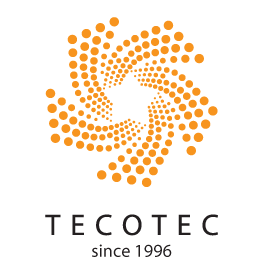News
ANALYSIS OF PLASTIC PELLETS (CARRIERS FOR WATER TREATMENT) USING FTIR AND EDX
People use large quantities of water for both domestic and industrial use during the course of daily life. Even though the Earth has abundant water resources, the amount of safe, drinkable water within these resources is extremely limited. This means that securing drinking water through the process of recycling wastewater is a crucial issue.
The water treatment processes employed at wastewater treatment plants are primary treatment for physically separating and removing solid material (physical treatment) and secondary treatment for removing organic matter using microorganisms (biological treatment). In biological treatment, cultivated microorganisms feed on the organic matter dissolved and suspended in wastewater which results in the oxidative decomposition of the organic matter. Plastic pellets (carriers for water treatment) support the microorganisms on the surface of the wastewater and function to improve purification.
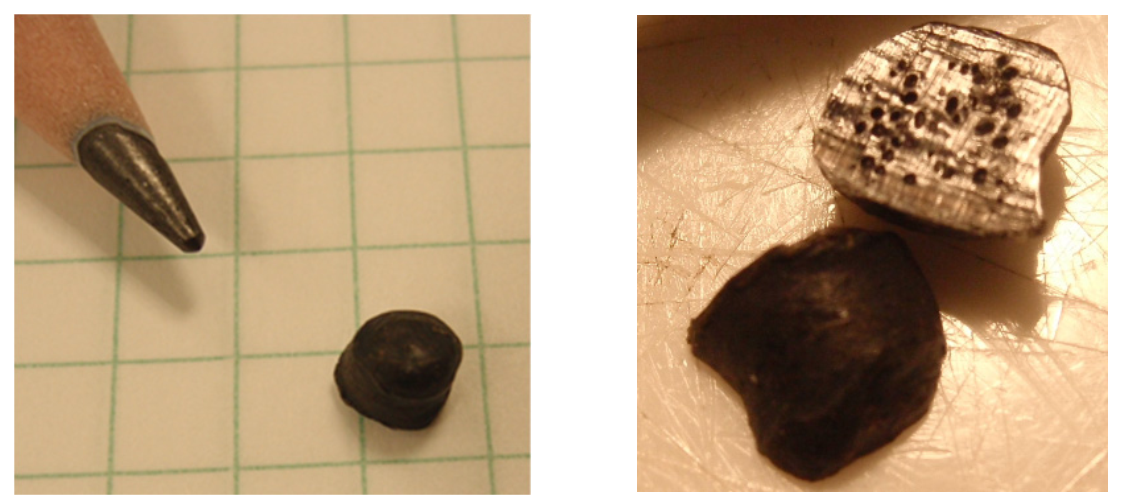
Approx. 5-mm Diameter Plastic Pellet and Cross Section
Plastic pellets serve a role in purifying water used in a wide range of applications. However, there is concern that these pellets may turn into marine pollution (microplastics etc.) by flowing into the sea and river systems when heavy rain or other circumstances cause wastewater to overflow.
From the results of FTIR measurement, we found that the surface is a mixture of polyethylene and cellulose and the cross section is polyethylene for both the unused and used plastic pellets. However, since there were no significant differences in composition between the two samples, we consider that contaminants that adhered to the surface or components that rubbed against the samples during use may be present in trace amounts.
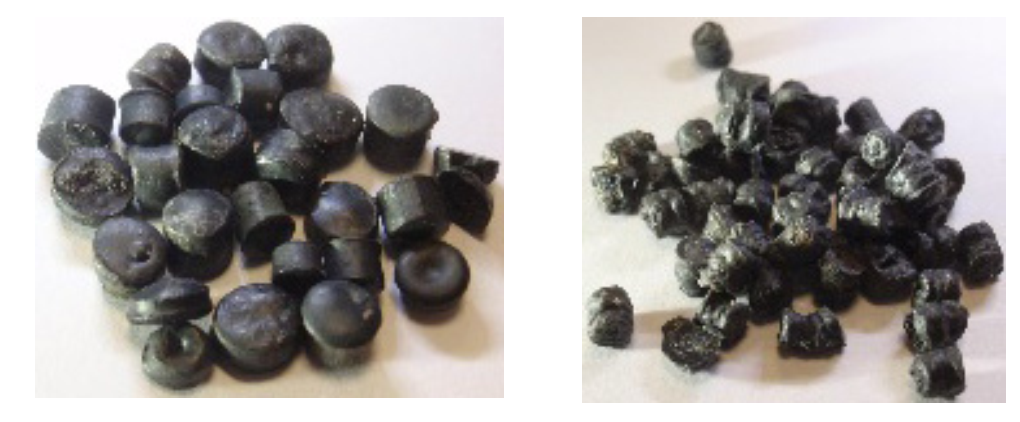
(Left) Unused (Right) Used
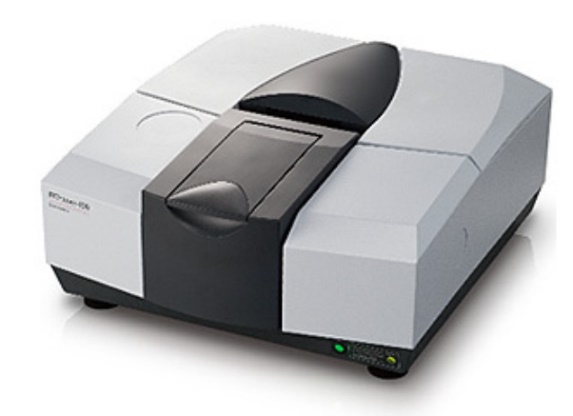
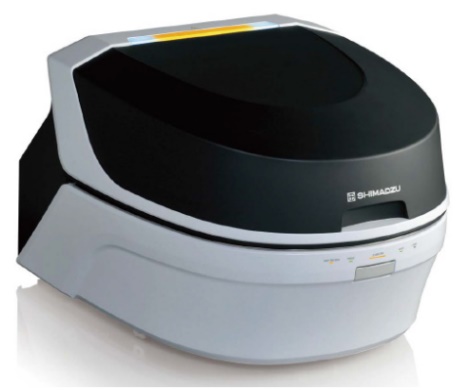
IRTracerTM-100 and EDX-8000
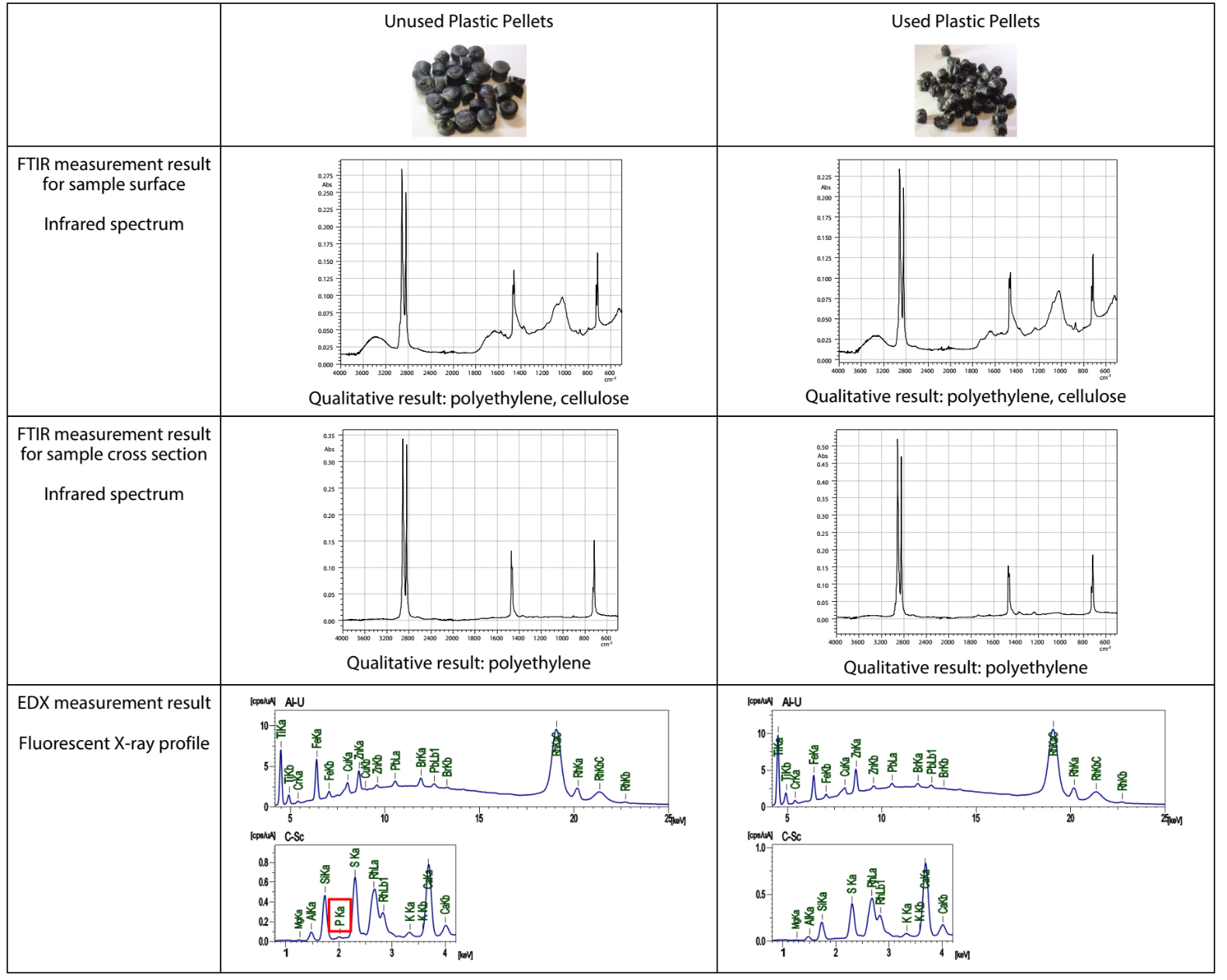
Measurement Results
The results of comparing unused and used pellets did not reveal any significant differences in composition between the two samples. Since FTIR is capable of performing qualitative analysis of organic matter and some inorganic matter, this method was able to quickly identify the main components of plastic pellets. Moreover, the element information obtained using EDX was able to reveal the existence of contaminants and wear due to additives as well as minute material differences. FTIR and EDX that are capable of performing rapid measurements are effective for analysis of plastic pellets (carriers for water treatment).
Source: ETA
Others
- TECOTEC GROUP ATTENDED SHIMADZU’S SERVICE MANAGER MEETING IN 2022
- TECOTEC HANDED OVER EDX-7000 X-RAY FLOURESCENCE SPECTROMETER AT NIDEC CHAUN CHOUNG VIETNAM
- INSTALLATION OF CHIP PROCESSING SYSTEM – LANNER/ GERMANY
- TECOTEC completed installation of EDX-LE Energy dispersive X-ray Fluorescence spectrometer at DYT Vina
- TECOTEC DELIVERED AND INSTALLED THE 2ND X-RAY FLUORESCENCE SPECTROMETER - EDX-LE PLUS AT TABUCHI
- TECOTEC Group has handed over PDA-7000 Optical Emissions Spectrometers for Nihon Plast Vietnam
- Bowman XRF Coating Measurement System For Electroless Nickel Plating
- TECOTEC DELIVERED AND INSTALLED SMX-2000 SYSTEM TO NIDEC TECHNO MOTOR VIETNAM
